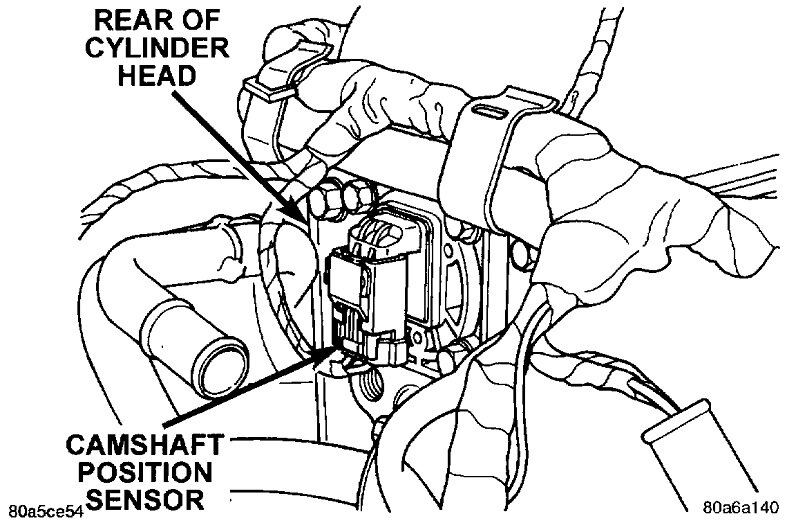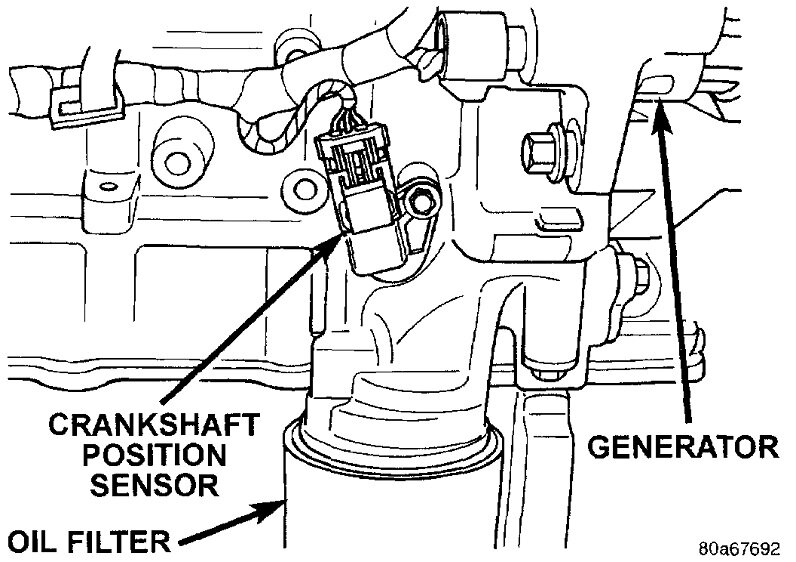Before you replace unneeded parts, please provide some history that led up to this. The sensors won't cause misfires or idling problems. When they do cause stalling, it is most often when they become heat-sensitive and fail during "hot soak" conditions. That's when a hot engine is stopped for a short period of time, such as when stopping for gas. Engine heat migrates up to them causing one to fail. It will usually work again after cooling down for about an hour. That is common on all car brands.
Did you disconnect the battery recently? If so, that will cause low idle speed. There's a really easy fix for that. Next, we need to know if you have the single or dual-camshaft engine. If you have the single cam version, the camshaft position sensor is on the driver's side of the cylinder head. Those had a higher than normal failure rate. The newer, superseded part was an improvement, but it required a different electrical connector. For years those sensors came with the right connector in the box.
To replace these sensors, you just unbolt them and pull them out. After that, you need a scanner to perform a synchronization step. The Engine Computer watches to see if they both send signals at the right times. If, for example, the timing belt jumps one tooth, the computer will see that, set a diagnostic fault code, and turn on the Check Engine light. If the belt jumps two teeth, the computer will shut the engine down to protect the valves. If it were to jump three teeth, open valves will be hit and bent by the pistons as they coast to a stop.
Images (Click to make bigger)
SPONSORED LINKS
Wednesday, April 12th, 2023 AT 3:54 PM





